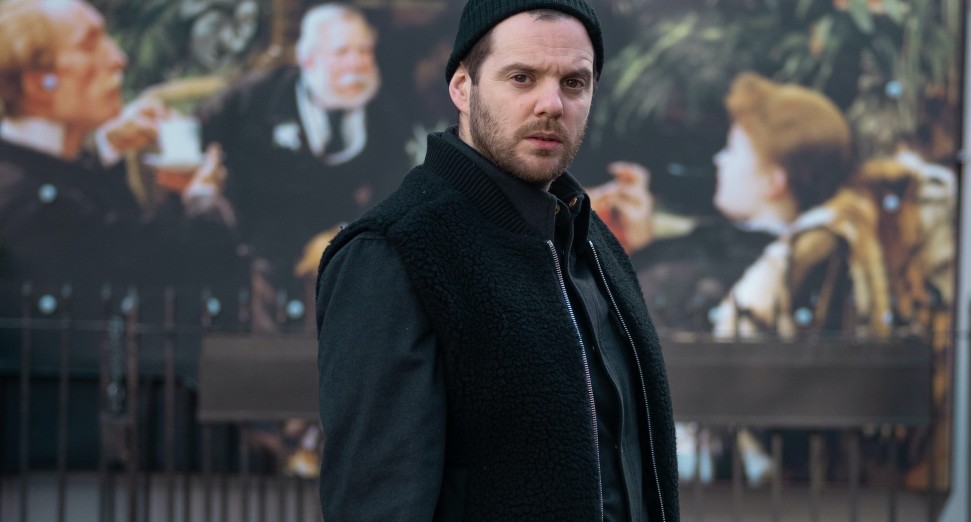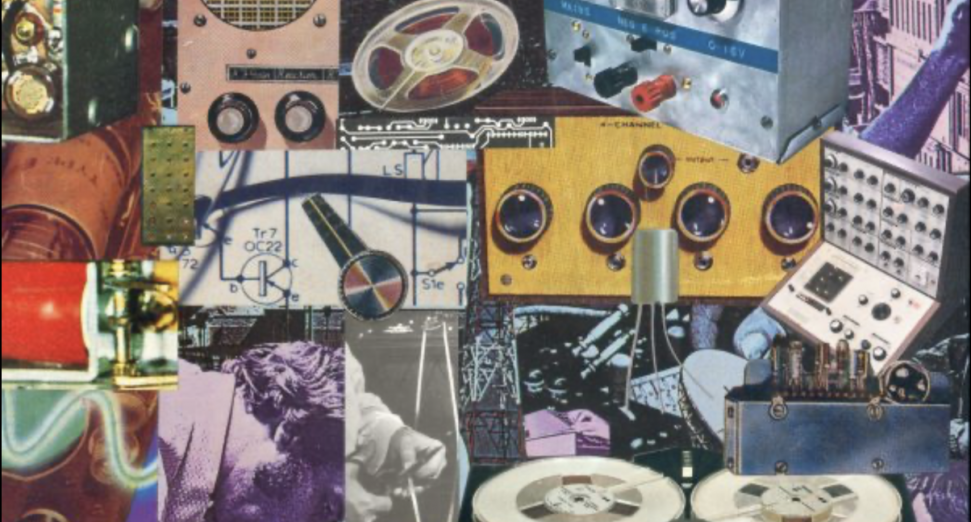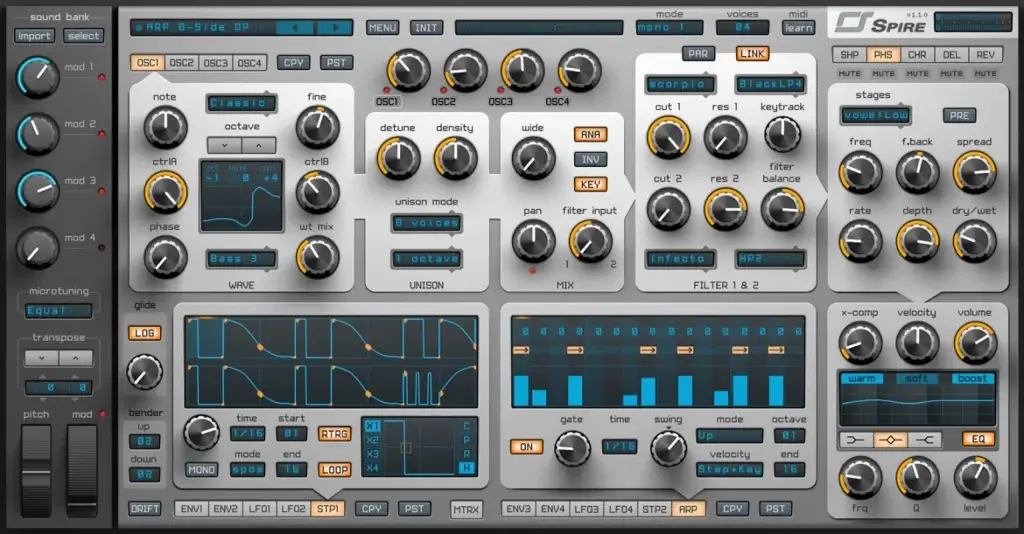
How It Was Made: The Midnight – Runaway (Ultra Records)
The Midnight have made a career out of turning nostalgia into something that feels alive in the present, and their new single Runaways keeps that tradition moving forward. Out now on Ultra Records, it pairs the duo with multi-platinum songwriter Bonnie McKee, who adds a striking lift to a track already built for big stages and long nights. It lands just weeks before their new album Syndicate arrives on October 3.
Runaways takes the big synth lines and punchy drums the band are known for and sharpens them into something immediate. Produced and mixed by Tim McEwan with Tyler Lyle on vocals, it follows singles like Shadowverse, Digital Dreams, and Love Is An Ocean. The full album stretches across seventeen tracks and includes contributions from Carpenter Brut, Jupiter Winter, and Dan the Automator, showing the range of ideas the band has pulled together for this next chapter.
For this How It Was Made feature, The Midnight open up the session behind Runaways. From the Spire and Juno-106 layers that shaped the song’s melodic core to the mix decisions that gave it weight, they break down the tools and techniques that carried this single from demo stage to finished release.
Spire
Spire is a synth I’ve used for many years, and it’s amazing for pads, leads, and basses. It has a crisp, contemporary sound, but it also shines with dreamy textures that feel warmer and softer. That balance makes it one of my go-to tools for building everything from bold leads to atmospheric layers.
On Runaways, I used a preset from a synthwave bank called Keys 1985. It’s a sawtooth-style patch with a wide, creamy texture that gave the track its lush feel. I ran it through my UAD Distressor for some added distortion and saturation, then shaped it further with SurferEQ, which tracks the melody in real time to keep the tone balanced. Pro-Q4 helped cut some harshness around 1kHz, and I used Kickstart 2 at 40% mix for subtle sidechaining so the kick could breathe without it being obvious.
I’ve been using Spire since around 2015, and it always delivers. The bass in our track “Sunset” came from Spire, the opening pad in “Memories” on Endless Summer did too, and so did a lead in “The Equalizer.” It’s a synth with a clean, electronic aesthetic that really shines when you want pads, plucks, or punchy basslines. Its filters are aggressive, which works well in synthwave for tucking sounds into the mix and then opening them up to cut through at the right moment.
Juno-106
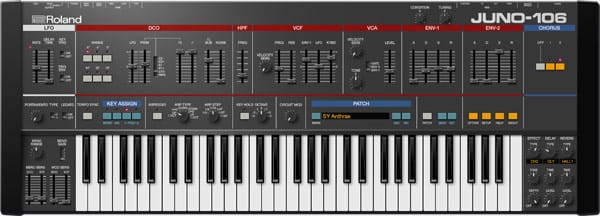
The intro of Runaways has a counter melody alongside the main drone lead, and that comes from Roland Cloud’s Juno-106 emulation. I used a preset called Sunlight, which I first tried on “Lost Boy” and have kept coming back to since. It’s a dreamy lead with a pitch modulation that swoops into place when you hit a note. Once you hear it, you know exactly what it is.
I ran the Sunlight patch through PsyM’s EchoMelt, which adds tape saturation, chorus, and echo, plus EQ shaping that can make a sound feel like it’s coming off old tape or a broken radio. From there, I used Pro-Q3 to roll off low and low-mid frequencies, Kickstart 2 at about 60% for sidechaining, and sent it to a delay to give it that wavy, creamy finish.
Between Roland Cloud’s Juno and TAL’s U-NO-LX, I use both, but the Roland Cloud version feels wider and fuller, especially in the low end. That means more EQ work when layering with bass, but it captures the grit and dirt of a real Juno, which gives it that nostalgic, analog character that works perfectly in this genre.
Saurus
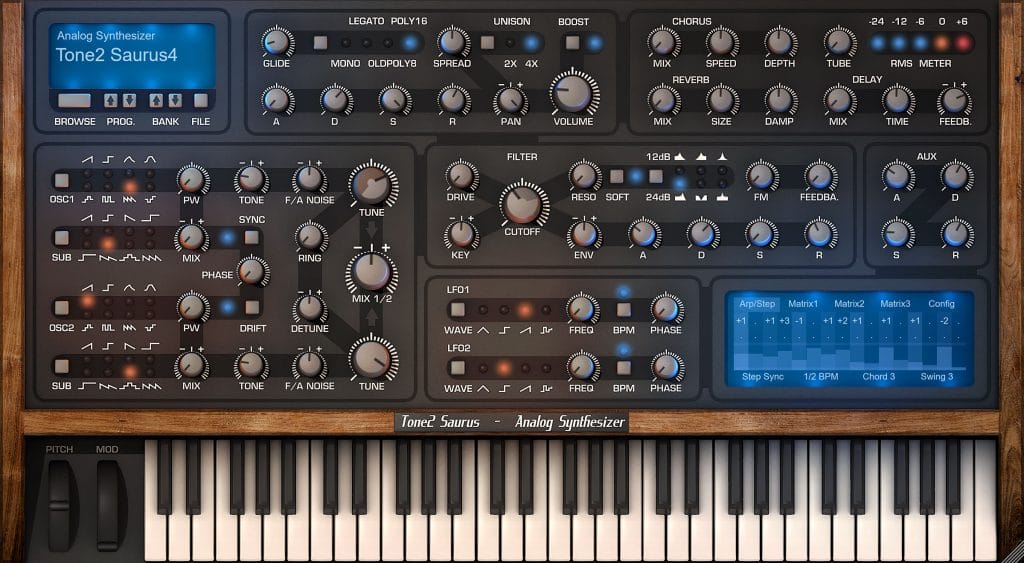
The pad that fills the choruses comes from Tone2’s Saurus. I used the Analog Poly preset, found under the brass section. It’s built from saw waves, giving it a brassy quality, but it also has a creamy, wide texture that worked exactly as I needed.
I didn’t have to do much processing since the patch already sounded great. I used Pro-Q4 to roll off lows and highs, notched out around 550 Hz and 1 kHz, and added Kickstart 2 at 65% mix for sidechaining. I left it mostly untouched so it could fill out the space and add width without being over-processed.
Saurus doesn’t get talked about much, but it’s a really solid synth. It has a similar character to U-He’s Diva, capable of vintage tones but also modern, crisp sounds when needed. It handles pads beautifully, but it’s just as strong for leads and plucks. For anyone working in melodic house or synth-driven music, it’s worth exploring if you want something that can cover both retro and modern textures.


